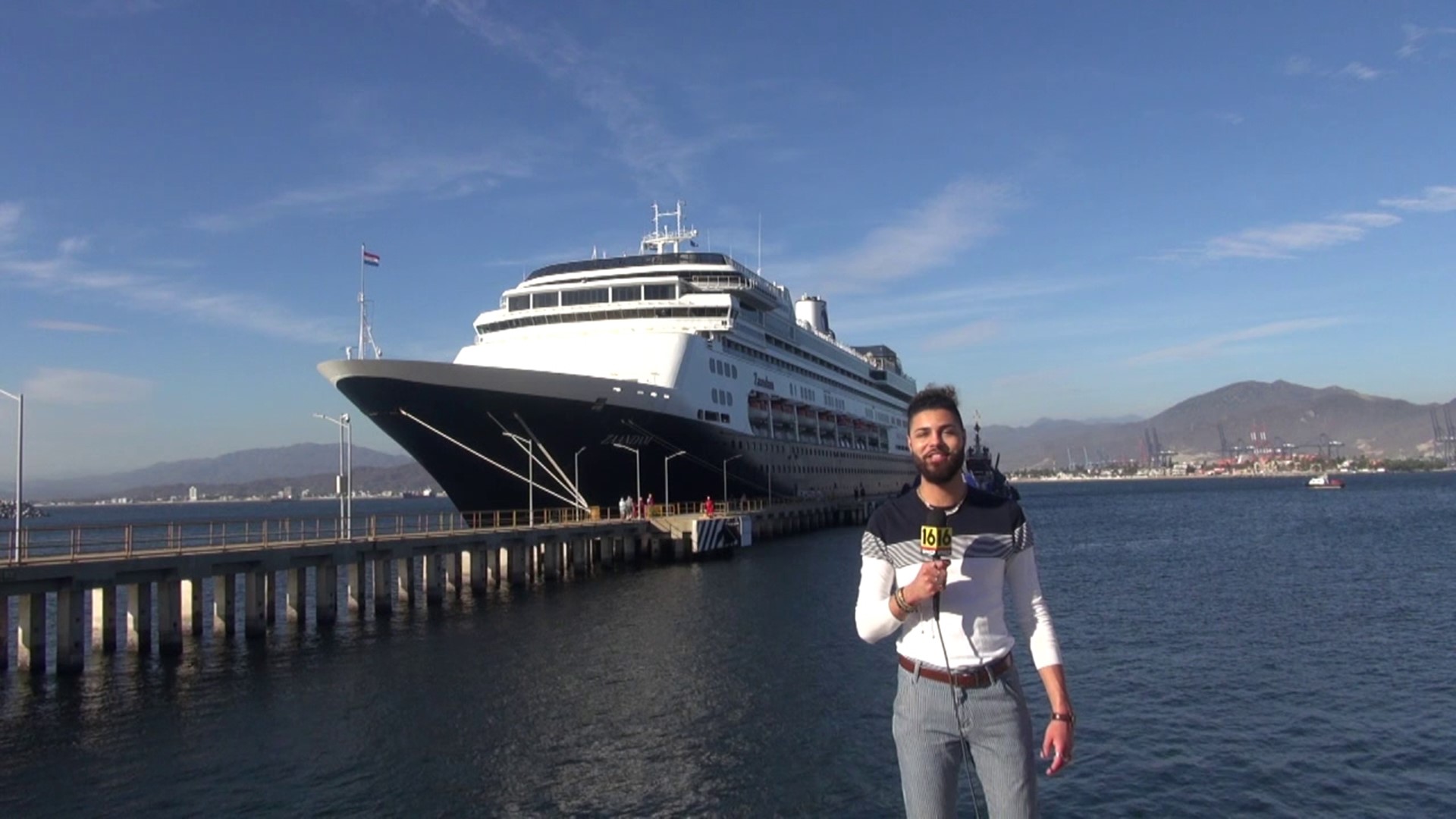CALIFORNIA, USA — "There are at least two solar eclipses and lunar eclipses every year," and as far as total solar eclipses, like the one we will have on April 8th, "A total solar eclipse happens on average every 18 months. If you are willing to travel to see them, you could see one every year or two," said Dr. Rick Fienberg, former Editor in Chief and former President of Sky & Telescope Magazine's parent company Sky Publishing, and current Senior Advisor to the Executive Officer and Program Manager of the American Astronomical Society's Solar Eclipse Task Force.
Oftentimes, you may hear eclipses are a rare or unusual phenomenon.
"What's rare, especially for a solar eclipse, is to have one in any particular spot," explained Dr. Fienberg.
Over 70% of the Earth is covered in water. Most of the time, total solar eclipse paths crosses wide swaths of oceans and unpopulated areas on land.
"If you were to stay in one place and wait for a total solar eclipse to come to you, you'd have to wait, on average, three to four hundred years. So in that sense, a total solar eclipse is rare, because it rarely comes to where you live. But a total solar eclipse occurring somewhere on Earth is not rare at all," said Dr. Fienberg.
It's not often that total solar eclipses cut through the United States and include big cities on the eclipse path.
"The 2017 eclipse that crossed the country from coast to coast went over a lot of relatively sparsely populated areas and very few big cities. So, there were maybe 12 million people who lived in the path of totality," added Dr. Fienberg.
This time, more than 30 million people live within the path of totality.
Dr. Fienberg has seen estimates of anywhere from 4 to 10 million people who are going to travel into the path. He went on, "So that's 40 million people seeing the total eclipse, but the entire population of North America will have at least a partial eclipse and that's, you know, a half a billion people."
Fienberg believes the April 8th eclipse will be the most watched total solar eclipse in the Western Hemisphere.

